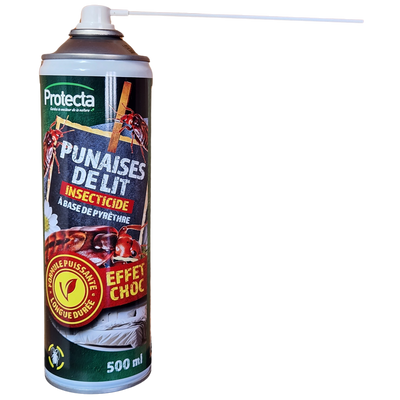What does DL50 mean?
The LD50 "lethal dose" is a measurement scale to assess the toxicity of a substance.
Why is dl50 used?
It measures the dose of a substance needed to kill 50% of a group of test animals.
It is expressed in milligrams of active substance tested per kilo of animal. Most of the time, the experiment is done on rats, but it can be done on mice, fish, cockroaches. The substance tested can be administered by ingestion, by venous injection, by inhalation, by cutaneous application, by irradiation.
How to calculate dl50?
In laboratory test conditions, a population of animals is isolated and weighed.
- For example 10 kilos of rats.
We choose a substance whose toxicity we wish to evaluate.
- For example table salt.
The method of administration of the substance is chosen.
- For example ingestion.
This experiment involves feeding table salt to rats until 50% of the test group die. The amount of salt that all the rats ingested is divided by the weight of the group of rats tested.
For our 10 kilos of rats, 30 grams of table salt is enough to kill 50% of them.
The formula for calculating dl50: 30,000 milligrams of salt divided by 10 kg of rats
That is 30000 / 10 = 3000mg/kg
The lower the LD 50 figure, the more toxic the substance being tested.
DL50 toxic classification
Toxicity classes: Gosselin, Smith and Hodge scale
Oral dose likely fatal (human) Toxicity class
- 5 mg/kg Super toxic
- 5 to 50 mg/kg Extremely toxic
- 50 to 500 mg/kg Very toxic
- 500 to 5,000 mg/kg Moderately toxic
- 5,000 to 15,000 mg/kg Slightly toxic
- More than 15,000 mg/kg Very low toxicity
Toxicity classes: Hodge and Sterner scale
(Source: Wikipedia, Median lethal dose )
Oral LD50 for rat Toxicity index
- Up to 1 mg/kg 1 = extremely toxic
- 1 to 50 mg/kg 2 = highly toxic
- 50 to 500 mg/kg 3 = moderately toxic
- 500 to 5,000 mg/kg 4 = slightly toxic
- 5,000 to 15,000 mg/kg 5 = almost non-toxic
- More than 15,000 mg/kg 6 = relatively harmless
Here, for information, is the LD50 of common products (tested on rats orally): (Source: Wikipedia, Median lethal dose )
- Vitamin C: 11,900 mg/kg
- Bisphenol A: 3,250 mg/kg4
- table salt: 3,000 mg/kg
- THC: 1,270 mg/kg
- caffeine: 192 mg/kg
- digitalis: 5 to 10 mg/kg
- strychnine: 1 mg/kg
- cyanide: 0.5 to 3.0 mg/kg
- dioxin: 0.02 mg/kg (0.001 mg/kg for dogs)
- botulinum toxin: 1 ng/kg


















